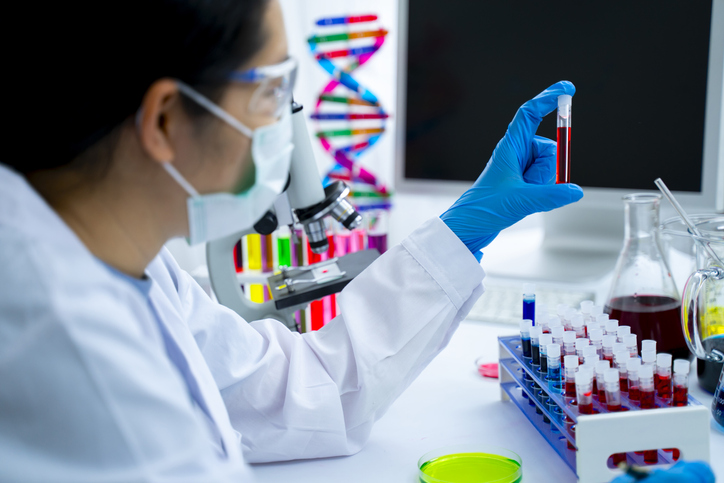No two batches of cell therapy are identical, because each is made from a different originator cell. For process development scientists tasked with ensuring product quality, this lack of consistency is a major challenge. Current methods used to ensure processes yield consistent products—known as chemistry, manufacturing, and controls (CMC)—struggle with starting material variability, according to Rupa Pike, PhD, global head of strategic alliances at Catalent.
“Cell therapies present unique CMC challenges due to their biological complexity, therapeutic indication, and sensitivity to stress during the manufacturing journey,” says Pike. “The CMC challenges are compounded by the fact cells undergo changes due to selection, genetic modification, expansion, and cryopreservation. These changes make it very difficult to ensure the finished cell therapy product conforms with specified release criteria.”
Understanding these challenges is key to overcoming them, continues Pike, who maintains that developers should use all available tools and strategies as early as possible to stand the best chance of creating robust processes.
De-risking strategy
“Implementing a de-risking strategy early in process development is critical because it allows sponsors to streamline the manufacturing process, address safety and efficacy concerns, and ensure the final drug product meets all the regulatory requirements,” she explains. “De-risking strategies include implementing Quality by Design (QbD) principles to ensure a safe and robust process through performing gap assessment and risk analysis exercises. As the program matures and moves forward through the clinical stages, it is important to implement effective commercial readiness and risk management strategies.”
Bioprocessing technology has a key role to play in helping developers exert greater control over production processes, with emerging digital systems that gather and transmit process information being the obvious example.
“Innovation in the manufacturing and analytics space is vital for reducing costs and making cell therapies more accessible,” says Pike. “Data-driven manufacturing is the future for cell therapies as it will empower sponsors and developers to have better control over the manufacturing process, monitor the critical process parameters, and control any drift in the process that may adversely affect the critical quality attributes of the final product.”
Pike points to in-process analytics technologies that monitor cells in real-time—like the Ovizio imaging system—as an example. She says, “Because these technologies are noninvasive and nondestructive, the precious starting materials used to make each cell therapy are conserved.”
The ability to combine multiple analytics systems to gather as much relevant data as possible is also important, according to Pike, citing Catalent’s in-house CAR-T platform, named UpTempo, as an example.
“This platform uses best-in-class GMP-compliant instruments and technologies from multiple vendors to offer our customers an unbiased and data-driven suite of options that fits their specific needs,” says Pike. “The scientific data is complemented by a linked analytical package with a sampling plan that facilitates in-process and robust and rapid release testing, streamlined documentation with templated manufacturing batch records. The goal is to offer a solution that provides efficient manufacturing and a reduction in time and costs.”


